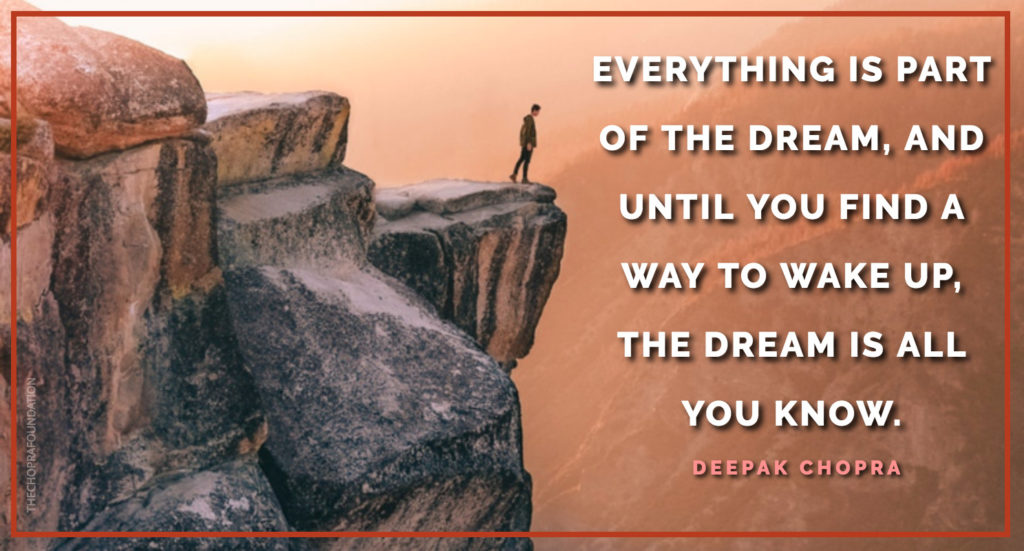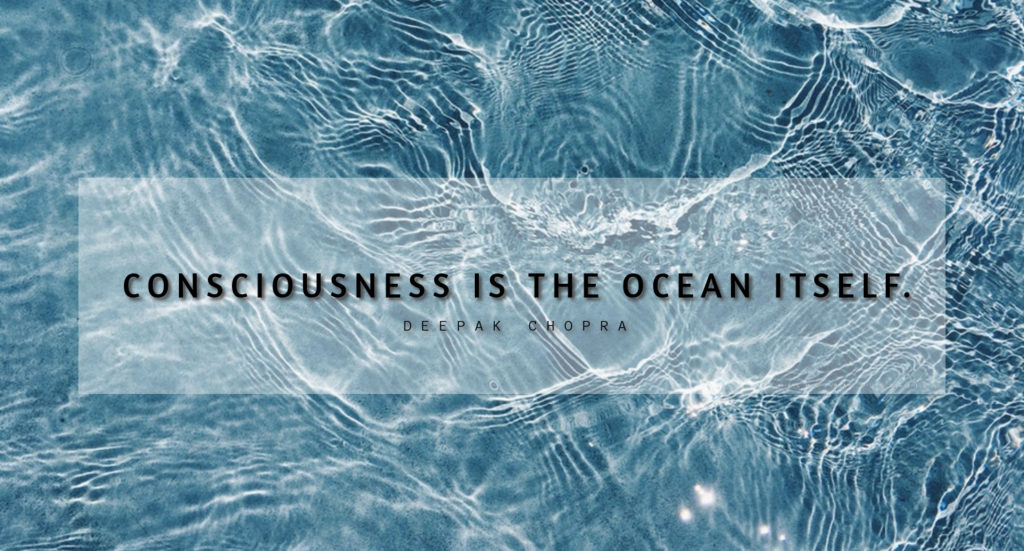
Deepak Chopra, MD and Anoop Kumar, MD
On many fronts, describing reality has turned into a kind of Mission: Impossible. This would surprise most people, because in everyday life two versions of reality seem perfectly acceptable. The first version takes reality at face value, trusting the senses—and common sense—to tell us what is real and what isn’t. The second version, known as scientific realism, also relies on the senses but in a more sophisticated fashion—when the eyes tell us that the sun rises in the East, science steps in with the actual facts of astronomy.
Naïve realism and scientific realism join hands in asserting that there is a physical world “out there” that can be relied upon and verified—yet this is the most naïve idea of all. For science’s version of reality to be valid, we would have to accept that it describes or approximates all of reality. But breaking down a piece of wood, a grain of salt, or a chunk of uranium down into finer and finer particles, until you reach the mysterious domain of quantum mechanics isn’t remotely the same as describing reality “in here,” which is governed by the mind. There has never been the slightest proof that the basic chemical components of the brain can think, feel, or have experience. In fact, it’s extremely naïve to assume such a thing—and yet neuroscience insists upon it.
Countering scientific realism isn’t hard once you overcome a bias in its favor; that is the hard thing, in fact. By clinging to the notion that the mind is a byproduct of atoms and molecules jiggling around in the soupy darkness of the brain, science has outlined its own dead end. Mind is a fundamental part of reality, not a byproduct.
Yet what if neuroscience did concede, against all odds, that the mind is a non-physical attribute of reality. Where would that take us? The next step in the evolution of scientific thought points away from materialism to a newly fashionable concept, panpsychism. At its most basic, panpsychism holds that mind is everywhere; it is a natural attribute of the universe like gravity. But this is like leaping from “no mind” to “all mind.” Suddenly not just brain chemicals but every atom and molecule is capable of being conscious or proto-conscious. By making mind an attribute of things, science gets to defend its belief in “things” through the back door.
There isn’t the slightest proof that atoms and molecules are conscious. So how do we get past the whole bag of unproven assumptions and outright illusions that flow from scientific realism? What could substitute for reality “out there,” not just with scientists but with ordinary citizens?
The best candidate is consciousness itself, not as a property of anything (mind or matter) but as the root and source of everything. This position is known as non-dual realism, and it has existed for thousands of years in the world’s wisdom traditions. The basis of non-dualism is simplicity itself: there is only one reality. Naïve realism and scientific realism agree with this proposition, but they have plumped for the wrong candidate, forcing physical “things” to create mind when that is obviously impossible. Rational thought often works like the children’s game, king of the hill, only in this case it is the strongest idea rather than the strongest kid who gets to be king and stand on top.
Non-dual realism has a second very simple idea to offer: everything we label as “real” is an experience. If anything is real outside human experience, we’ll never know it or be able to prove it. As you can see, replacing a physical world “out there” with conscious experience “in here” strikes scientists as wildly radical. But if non-dual realism isn’t accepted, the dead end that science has created for itself is inevitable.
Non-dualism isn’t simply an intellectual theory—it is meant to be lived, which only makes sense for a version of reality based on experience. But instead of the sensory experience that naïve realism is based upon, the non-dualist mind experiences its own
nature. Like a dreamer who suddenly realizes that he’s about to wake up, the “aha” moment for a non-dualist is to realize that depending on the five senses and on scientific facts has given him a false view of what is actually real. The big flash is that only consciousness is real.
A non-dualist still has to live in a dual world—there will still be cars, families, trees, and science—but with a new perspective. Imagine what it was like as a child to discover that the black specks of ink on a page were a code for language, and by learning to read this code, the entire world of knowledge expanded beyond measure. In the same way, a non-dualist reads the code of the universe, not as a set of facts, but as a symbol for expanded meaning, purpose, and intention. In essence, when you find yourself at the source of consciousness, your mind is standing at the switch that creates reality.
For the purposes of this discussion, mind and consciousness are two different things. Mind is an activity of consciousness, like waves on the ocean. Consciousness is the ocean itself. Here are five reasons why this distinction should mean something to every person.
1. The mind wrestles with fear of death. Consciousness isn’t born and never dies.
2. Mind feels trapped in a physical body. Consciousness unites the two as different modes of experience.
3. Mind feels isolated and apart from other people. Consciousness erases all separation, because separation/duality is an illusion.
4. Mind sees the human race as an insignificant speck in the immense void of outer space. Consciousness has no need for time or space. As in a dream, they are merely useful constructs in the dual world, having no ultimate reality.
5. Mind is baffled by eternity and yet yearns for it as a haven of peace where suffering ends. Consciousness is already timeless; therefore, the world here and now is a haven of peace where suffering ends with a shift in awareness.
These five things have been known and pointed out for centuries in the world’s wisdom traditions. Actually, we can leave science alone, given that its methods and aims are self-generating. The real value of non-dualism lies elsewhere. It lies with what it means to be human and how far humanness can evolve. To a non-dualist, human evolution extends to the very edge of all experience, physical and mental; by virtue of seeing the great chasm beyond what the senses tell us, or even our thoughts, we can recognize the falseness of all that the limited mind once “knew” to be real, including itself.
Consciousness holds the promise of complete liberation, which is far from true for the mind, which we all know can be a source of inner suffering. The notion that suffering can end has always been held out by the world’s wisdom traditions. In our next post we will discuss why non-dual realism, not religion, wishful thinking, technology, or science fiction, is the doorway to a future where the planet is rescued and everyday life rises to a new level.
(To be cont.) Deepak Chopra MD, FACP, founder of The Chopra Foundation and co-founder of The Chopra Center for Wellbeing and Jiyo.com, is a world-renowned pioneer in integrative medicine and personal transformation, and is Board Certified in Internal Medicine, Endocrinology and Metabolism. He is a Fellow of the American College of Physicians, member of the American Association of Clinical Endocrinologists and Clinical Professor at UCSD School of Medicine. Chopra is the author of more than 85 books translated into over 43 languages, including numerous New York Times bestsellers along with You Are the Universe (February 2017, Harmony) co-written with leading physicist, Menas Kafatos. Other recent books include Super Genes co-authored with Rudolph E. Tanzi, Ph.D. and Quantum Healing (Revised and Updated): Exploring the Frontiers of Mind/Body Medicine. www.deepakchopra.com
Anoop Kumar, MD, MM is board certified in Emergency Medicine and holds a Master’s degree in Management with a focus in Health Leadership from McGill University. He practices in the Washington, DC metro area, where he also leads meditation gatherings for clinicians. He is the author of the book Michelangelo’s Medicine: How redefining the human body will transform health and healthcare. Anoop enjoys exploring and communicating about the intersection of self-awareness, science, and wellbeing. Visit him at anoopkumar.com and follow along @DrAnoopKumar.
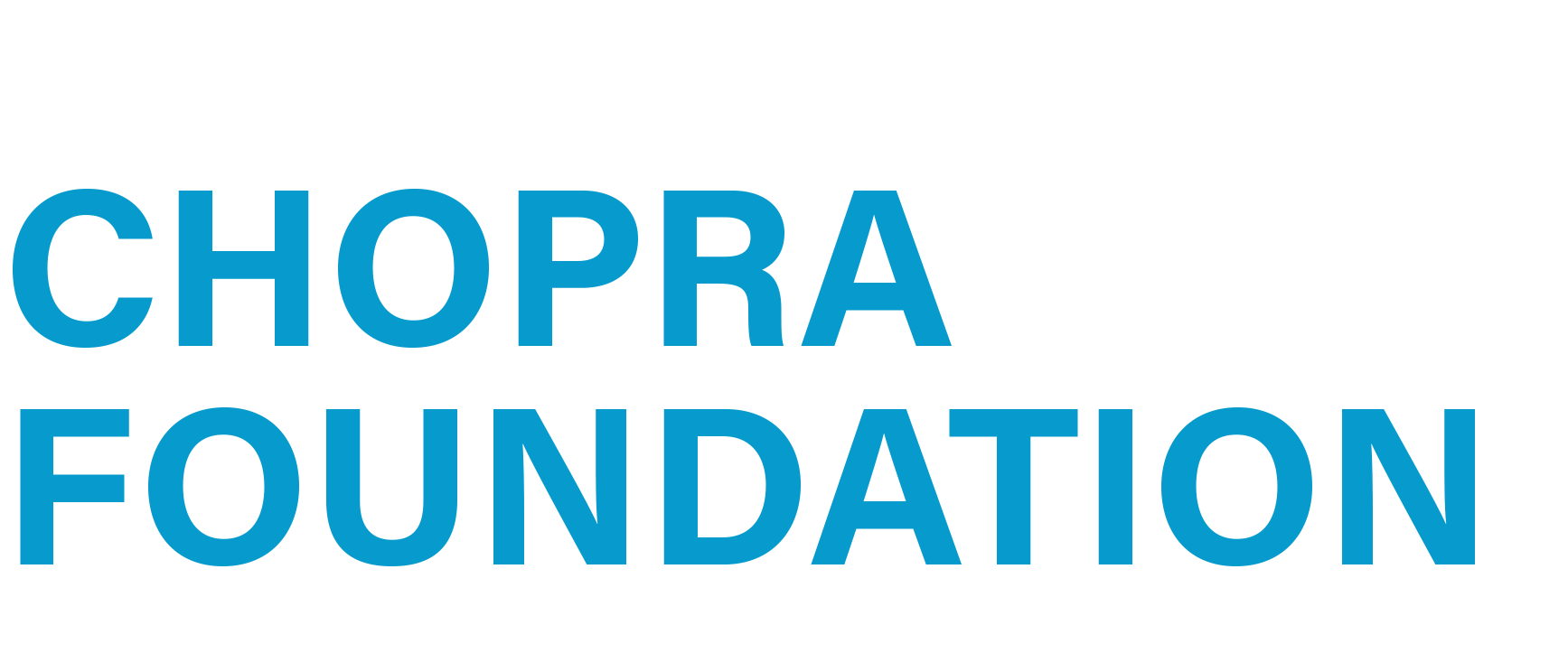
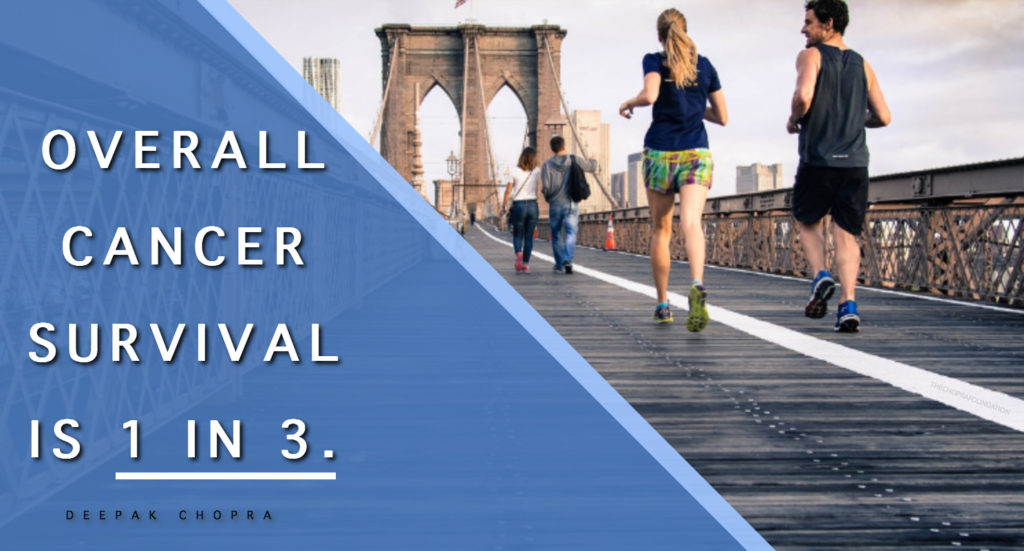
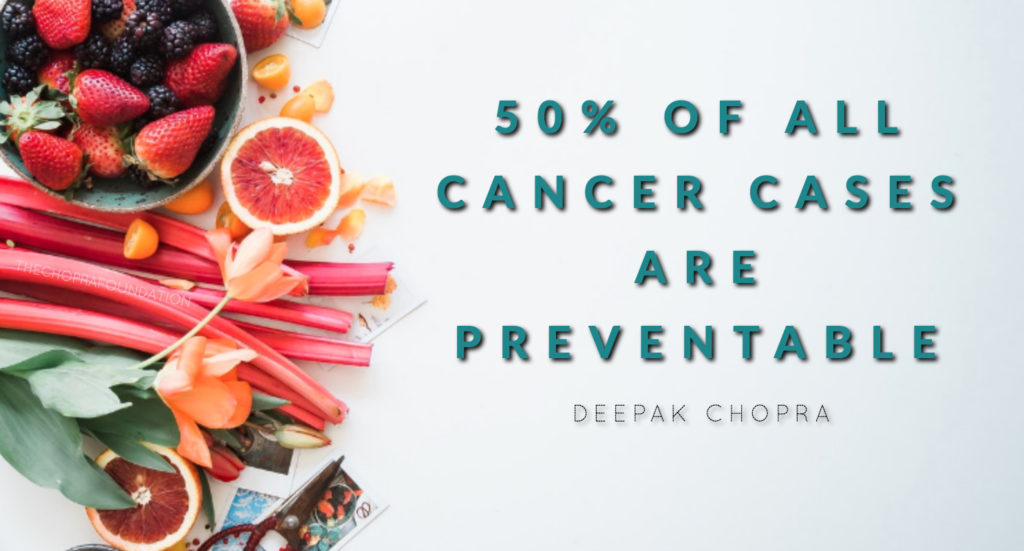
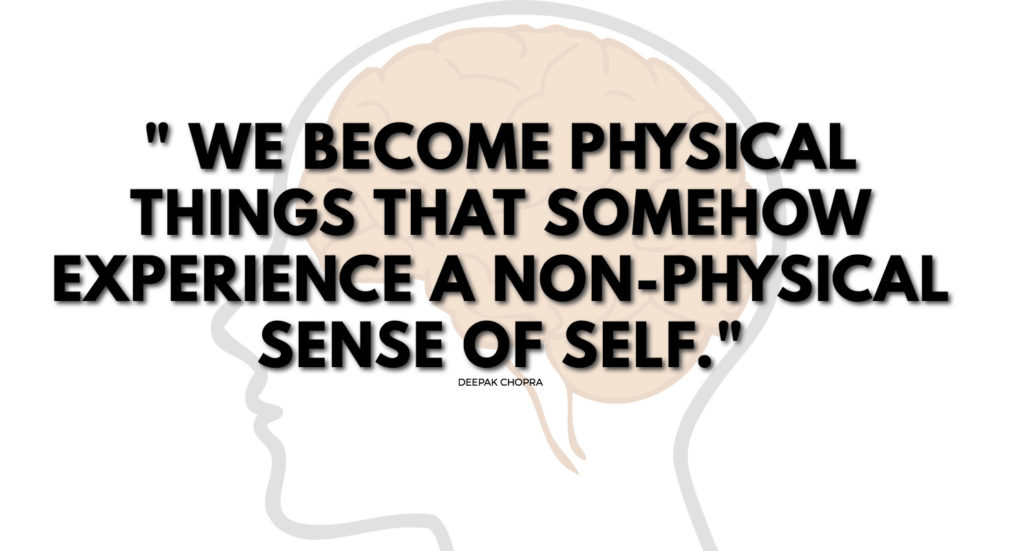 By Deepak Chopra, MD and Anoop Kumar, MD
By Deepak Chopra, MD and Anoop Kumar, MD